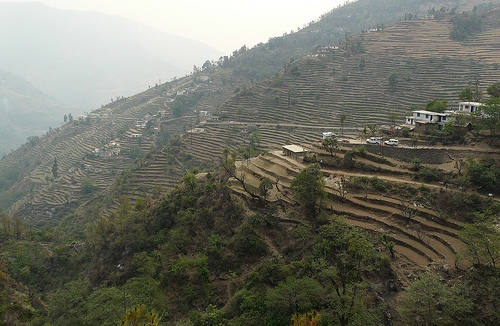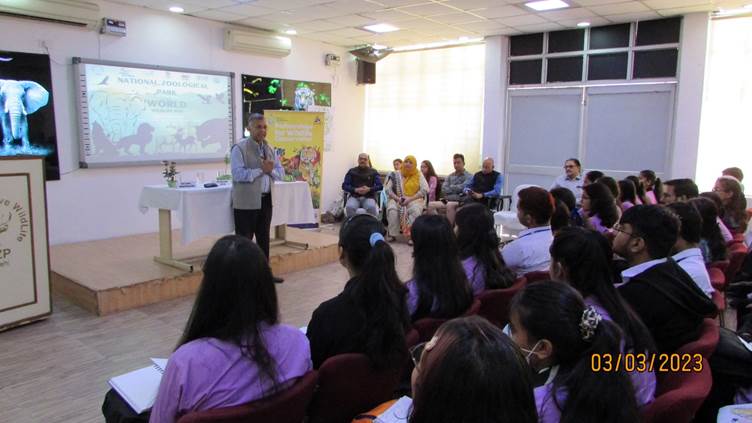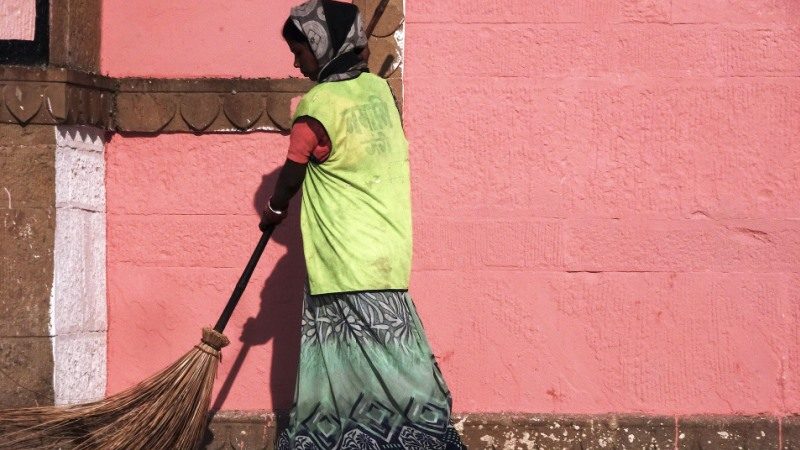Invite to Public Lecture on “Katyuris of Uttarakhand: Establishing Food regimes in Central Himalayas”

The Nehru Memorial Museum & Library (NMML) invites everyone to weekly seminar on ‘Katyuris of Uttarakhand: Establishing food regimes in the central Himalayas from pre-history to circa.14CE’ by NMML Fellow Dr. Vasudha Pande. Katyuris are the much celebrated Kings of Uttarakhand. The narrative of the Katyuri state marks the shift from pre-history to history — with copper plates, inscriptions, architectural works and folklore. Despite the great interest expressed in the Katyuri state system, little attention is paid to the most momentous contribution of the Katyuris—the shift to settled, terraced cultivation and the emergence of petty peasant production. Since Uttarakhand as defined today is a specific construct, the presentation will not restrict itself to this geographical unit. It will explore regions contiguous with present day Uttarakhand –Nepal in the east, Tarai in the south, Tibet in the north and Himachal in the west.
Articulated in terms of river valley systems it will extend from the Karnali in the east to Kali, to Ganga, to Yamuna up to Sutlej in the west. By spreading the net wide, we hope to document the gradual, piecemeal change in terms of resource utilization by hunter gatherers, fishing communities, pastoral groups, and those practicing trans-humance in this part of the Himalayan mountains. This paper will try to explain the Katyuri period, roughly defined from the 9th-14th CE as a momentous conjuncture which successfully stitched together the various food production systems then prevalent in the Central Himalayas. This brought about an increase in population and productivity. The emergence of agriculture is transformative and the result of many cumulative changes in production strategies, technology, demography, and adaptation to specific niches. How did this happen, what precipitated this transition? The Himalayas provide a wide variety of habitats across different altitudinal zones, what kinds of adaptive strategies did humans adopt in this landscape? How did these then interact with each other?
Date: 9 July, 2013 (Tuesday)
Time: 3.00 pm
Venue: Seminar Room, NMML, New Delhi
About the Speaker: Dr. Vasudha Pande has been teaching at the Lady Shri Ram College for Women since 1987. Se has worked on Kumaon and has witten on different aspects of the history of the region, which includes a study of the colonial architectural heritage of Nainital. She has also written on Family and Law in colonial Kumaon. She is currently Fellow, Nehru Memorial Museum and Library researching on Environmental History of Uttarakhand.
Image by varunshiv




Katyuri / Catuvelluni
Historian Badri Datt Pandey says that Katyuris were Lav vanshi . Lav..elder son of Shri Ram.
Surisingly we find Catuvelluni tribe in Britain.
London /Lav nandan
Surprisingly , Catuvelluni tribe was traditional defender of LOndon..More surprisingly original name of London is Lav nandan.
Thames /Tamas
surprisingly original name of river Thames is Tamas..Ramayana syas that Lav and Kush borned at bank of river Tamas in Valmiki Ashram.
Deep research needed in the subject and I have done it.
I have found Lav nandan in London.
I want to say facts to the people.
Chandrakant